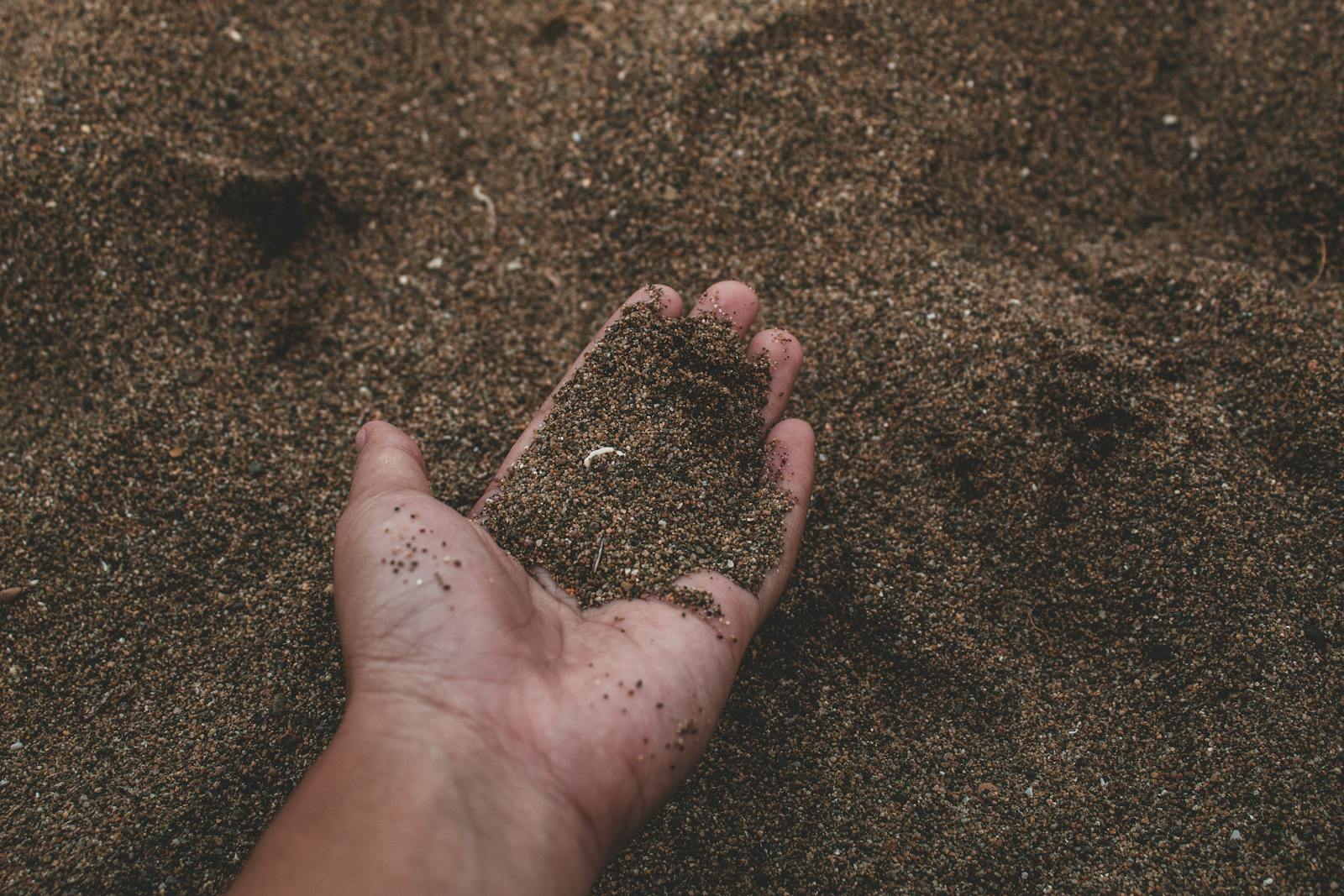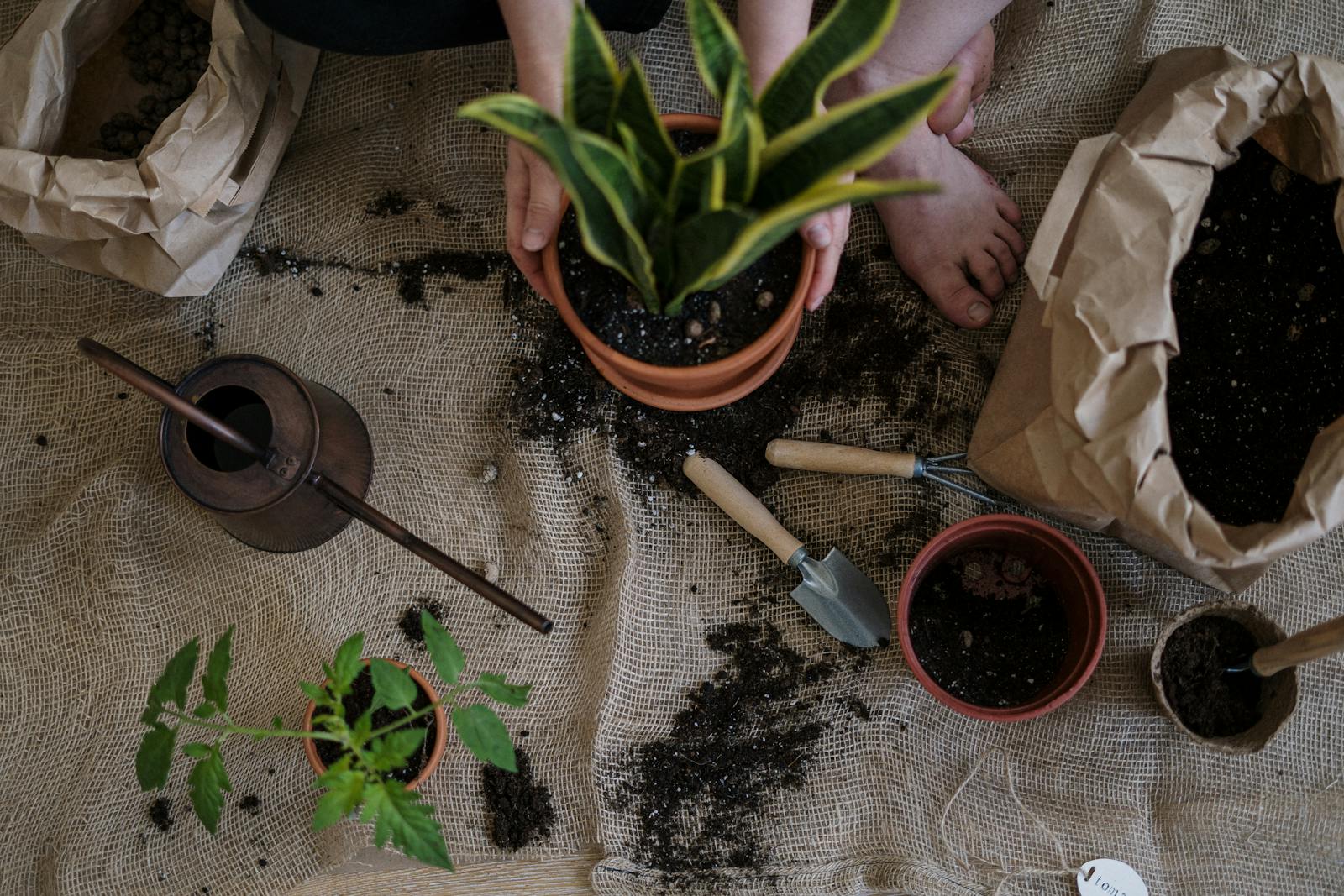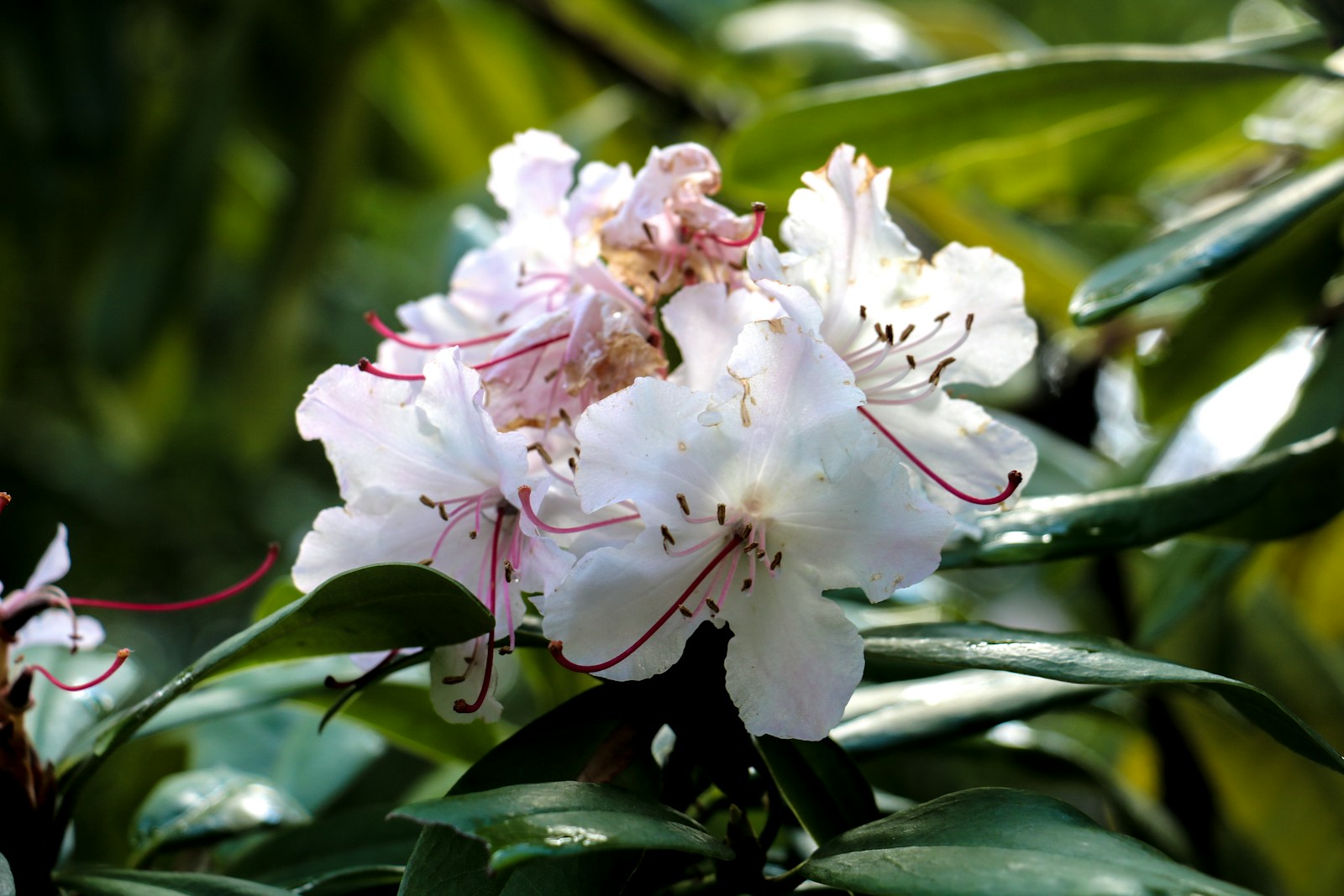Soil Types and How to Improve Them
Understanding Soil Texture and Composition
Soil texture refers to the size of particles—sand, silt, and clay—that make up your garden soil. The balance between these determines how well soil drains, holds nutrients, and supports root growth. Sandy soil drains quickly but lacks nutrients, while clay retains water but may compact easily.
Most productive soils are loams—a balanced mix of sand, silt, and clay. Texture affects everything from irrigation to fertilization, so identifying your soil type is the first step toward improvement.
You can test texture by rubbing moist soil between your fingers or using a simple jar test to observe sediment layers.
Characteristics of Sandy Soils
Sandy soils are light and gritty with large particles that allow water to drain rapidly. This trait prevents waterlogging but also causes quick nutrient leaching. Sandy soil warms up fast in spring, making it ideal for early crops like carrots and radishes.
However, plants may suffer without regular watering and fertilization. To improve sandy soil, incorporate organic matter like compost, leaf mold, or coconut coir to enhance moisture and nutrient retention.
Mulching also helps prevent evaporation and supports microbial activity needed for healthy root development.
Identifying and Enhancing Clay Soils
Clay soil has very small particles that bind tightly, making it dense and slow to drain. While rich in nutrients, it often becomes compacted, leading to poor root penetration and reduced oxygen levels.
To improve clay, add coarse organic matter such as bark chips, composted manure, or gypsum. These materials help break up tight bonds and create air pockets.
Avoid tilling clay when wet, as this worsens compaction. Raised beds or deep mulching can further support better structure and aeration.
Working with Silty Soil
Silty soil has fine particles that hold moisture better than sandy soil but drain faster than clay. It feels smooth and soapy when wet, offering decent fertility and moderate drainage. However, it can crust on the surface and compact over time.
To improve silty soils, incorporate well-rotted compost and coarse sand or grit to improve texture and drainage. Cover crops like rye or buckwheat can also loosen soil and enhance structure seasonally.
Silty soils benefit from permanent beds and light foot traffic to avoid compaction and maintain airflow for root systems.
Loam: The Ideal Garden Soil
Loamy soil is a balanced blend of sand, silt, and clay. It feels soft, slightly crumbly, and drains well while retaining nutrients. Most vegetables, herbs, and flowers thrive in loam due to its ideal balance of moisture retention and structure.
Even loam benefits from regular care. Add compost annually to maintain fertility, mulch to protect the surface, and rotate crops to preserve soil structure and biodiversity.
Loam requires less intervention than other soils, but attentive management ensures it remains productive over time.
Amending Soil with Organic Matter
Organic matter is the foundation of soil improvement. Compost, aged manure, and leaf mold enrich the soil with nutrients and improve structure, no matter the starting type. These amendments foster microbial life, retain moisture in sandy soils, and loosen clay-heavy textures.
Apply 2–3 inches of compost annually, mixing it into the top few inches or layering it as mulch. Over time, soil texture, water retention, and fertility will improve significantly.
Using organic matter regularly transforms even poor soils into rich, productive growing mediums.
Adjusting Soil pH for Optimal Growth
Soil pH affects nutrient availability. Most garden plants prefer slightly acidic to neutral soil (pH 6.0–7.0). Acidic soil (below 6.0) can block calcium and phosphorus uptake, while alkaline soil (above 7.5) limits iron and manganese absorption.
Use a soil pH test kit or send samples to a local extension office for precise readings. To raise pH, add lime; to lower it, apply elemental sulfur or peat moss.
Adjust slowly and retest seasonally—drastic changes can shock plant systems or alter microbial balance.
Improving Drainage and Aeration
Poor drainage often signals compacted or clay-heavy soils. Aeration opens air pathways and improves root access to oxygen. For large beds, broadforking or double digging once per season can relieve compaction without tilling.
For container gardens, mix perlite, coarse sand, or pine bark into your potting mix. These materials promote drainage and keep roots from sitting in soggy soil.
Proper drainage not only prevents root rot but also enhances microbial health and nutrient absorption.
Using Cover Crops to Rebuild Soil
Cover crops like clover, rye, and buckwheat rebuild soil between growing seasons. They protect bare soil, reduce erosion, and fix nitrogen or add biomass. Their roots loosen hard soils and their foliage smothers weeds naturally.
After growth, cut them down before seeding and leave clippings on the bed or turn them under. This process, called “green manure,” enriches the soil with organic content and encourages earthworm activity.
Regular use of cover crops boosts fertility, structure, and long-term resilience.
Minimizing Soil Disturbance for Healthier Beds
Too much tilling breaks up soil structure and disrupts fungal networks essential for plant health. No-dig or low-till gardening preserves microbial life, moisture levels, and beneficial fungi like mycorrhizae.
Layer compost on the surface and let worms and microbes integrate it. Use mulch to suppress weeds and protect the soil from erosion and compaction.
This approach supports sustainable improvement and reduces long-term labor, creating healthier beds season after season.
Testing and Tracking Soil Progress
Regular soil testing helps monitor improvements and guides your amendment plan. Home test kits provide quick pH and nutrient snapshots, while lab tests offer in-depth insights into micronutrients, texture, and organic content.
Track changes in a garden journal. Note plant health, drainage behavior, and weed presence to evaluate long-term trends. Adjust your practices based on test results to prevent overcorrection or imbalance.
Consistent tracking ensures your soil continues evolving in the right direction for plant productivity and health.
Using Mulch to Regulate and Enrich Soil
Mulch isn’t just for weed control—it improves soil conditions over time. Organic mulches like straw, shredded leaves, or wood chips break down slowly, enriching the soil with nutrients and supporting microbial life.
Apply mulch 2–3 inches deep and replenish as it decomposes. Keep it pulled back from stems to prevent rot and allow air circulation.
Mulching protects soil from erosion, moderates temperature, and steadily enhances structure and fertility with minimal effort.
Combining Soil Amendments Strategically
Effective soil improvement means balancing amendments. Compost enriches, sand boosts drainage, and clay particles hold nutrients. Adding all three in correct ratios creates a well-balanced growing medium.
Tailor combinations to your base soil. Sandy soils need humus-rich compost and biochar; clay needs gypsum and coarse material; silty soil benefits from structure-builders like bark fines.
Blending these inputs smartly creates an environment where plants can root deeply and access what they need to thrive.
Building Soil Health with Fungi and Bacteria
Beneficial fungi and bacteria drive nutrient cycling and disease resistance. Add mycorrhizal inoculants or compost teas to increase microbial diversity and support plant symbiosis.
Avoid synthetic fertilizers and fungicides that can kill beneficial organisms. Instead, feed your soil with natural materials and keep it covered to sustain its living system.
Healthy soil biology makes nutrients more available and reduces reliance on external inputs over time.
Creating a Sustainable Soil Improvement Plan
Sustainable improvement takes time. Set goals by season, such as raising organic matter or fixing drainage in one section at a time. Rotate crops, apply amendments, and adjust based on performance and test results.
Use perennials and groundcovers to reduce erosion and encourage deep rooting. Compost consistently, mulch regularly, and avoid unnecessary disruption.
With a long-term plan, you’ll create soil that gets better each year—more fertile, balanced, and responsive to your garden’s needs.
Frequently Asked Questions
How can I tell what type of soil I have?
Use a jar test to settle particles and observe the layers, or rub moist soil between your fingers—sandy feels gritty, clay feels sticky, and silt feels smooth. Lab tests provide even more detail.
Can I turn sandy soil into loam?
You can’t change the base particle size, but adding enough organic matter like compost and coir can mimic loam’s structure and water retention over time. Regular mulching and cover cropping help too.
Is clay soil bad for gardening?
No, clay is nutrient-rich but needs help with aeration and drainage. Add coarse amendments, avoid compacting it when wet, and use raised beds to improve conditions.
How often should I add compost?
Once or twice a year is ideal—typically in spring and fall. Apply a 1–2 inch layer across garden beds or mix it into the topsoil during replanting or seasonal prep.
Can mulch replace compost?
Mulch and compost serve different roles. Mulch protects and gradually enriches soil over time, while compost directly adds nutrients and organic matter. Use both for best results.
© 2025 GardeningandDecor.com. All rights reserved.



